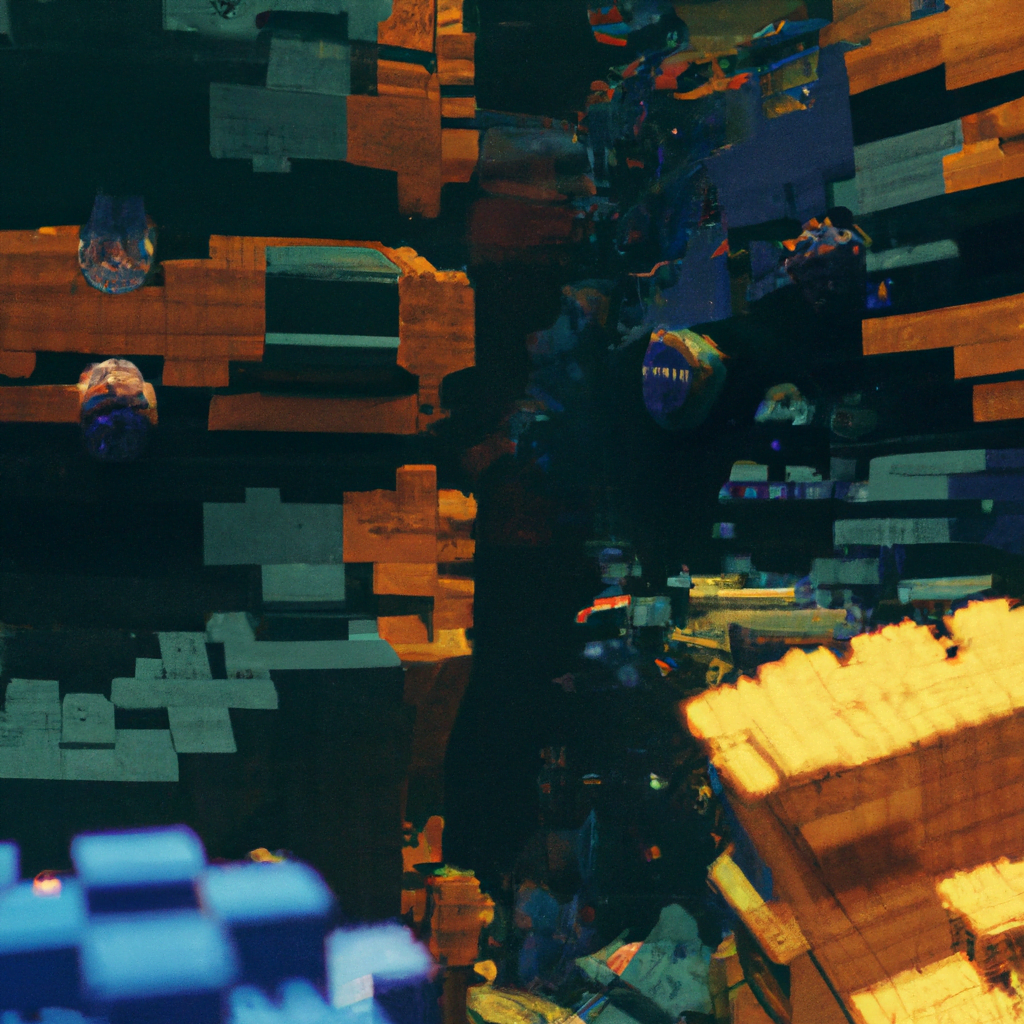
Exploring 3D Illustration: Adding Depth and Dimension

3D illustration has become increasingly popular in recent years, revolutionizing the way we perceive and interact with visual content. With its ability to add depth and dimension to flat images, 3D illustration has opened up new possibilities for designers, marketers, and artists alike. In this article, we will explore the world of 3D illustration, its benefits, and how it can be effectively used to create captivating visuals.
The Power of 3D Illustration
Traditional 2D illustrations have long been used to convey ideas and tell stories. However, they often lack the depth and realism that 3D illustrations can provide. By adding an extra dimension, 3D illustrations can create a sense of realism and immersion that is hard to achieve with 2D images alone.
One of the key advantages of 3D illustration is its ability to showcase products and concepts from multiple angles. This can be particularly useful in industries such as architecture, product design, and interior decoration. Instead of relying on flat images or physical prototypes, designers can create virtual 3D models that can be easily manipulated and viewed from any angle.
Furthermore, 3D illustration allows for the creation of dynamic and interactive visuals. With the use of animation and interactivity, designers can bring their illustrations to life, engaging viewers in a way that static images cannot. This can be especially effective in advertising and marketing campaigns, where captivating visuals are crucial for grabbing and retaining the audience’s attention.
Case Studies: Successful Implementation of 3D Illustration
Several companies and organizations have successfully implemented 3D illustration in their branding and marketing efforts. Let’s take a look at a few notable examples:
1. Apple
Apple is known for its sleek and minimalist product designs, and their use of 3D illustration in their marketing materials is no exception. From their product packaging to their website visuals, Apple often incorporates 3D renderings to showcase their products in a visually appealing and realistic manner. This allows potential customers to get a better sense of the product’s design and features before making a purchase.
2. Nike
Nike has also embraced 3D illustration in their advertising campaigns. In one of their recent campaigns, they used 3D illustrations to showcase their new line of running shoes. The 3D renderings allowed viewers to see the shoes from different angles and even visualize how they would look on their own feet. This interactive and immersive experience helped Nike to create a strong connection with their target audience and drive sales.
3. IKEA
IKEA, the Swedish furniture retailer, has been using 3D illustration to great effect in their online catalogs. Instead of relying solely on traditional product photography, IKEA creates 3D renderings of their furniture, allowing customers to see how the pieces would look in different settings and configurations. This not only helps customers make more informed purchasing decisions but also saves IKEA the cost and effort of physically staging and photographing each product.
Tools and Techniques for Creating 3D Illustrations
Creating 3D illustrations requires specialized tools and techniques. Here are some of the most commonly used ones:
1. 3D Modeling Software
3D modeling software is the foundation of 3D illustration. There are several popular software options available, such as Autodesk Maya, Blender, and Cinema 4D. These software packages provide a wide range of tools and features for creating and manipulating 3D models.
2. Texturing and Lighting
Texturing and lighting play a crucial role in creating realistic 3D illustrations. Texturing involves applying textures and materials to the 3D models to give them a realistic appearance. Lighting, on the other hand, helps to create depth and shadows, enhancing the overall visual impact of the illustration.
3. Animation and Interactivity
For creating dynamic and interactive 3D illustrations, animation and interactivity are essential. Animation allows for the movement of objects within the illustration, while interactivity enables users to interact with the illustration in some way, such as rotating or zooming in on a 3D model.
Benefits of Using 3D Illustration
There are numerous benefits to using 3D illustration in various fields. Here are some of the key advantages:
- Realism: 3D illustrations can create a sense of realism that is hard to achieve with 2D images alone. This can be particularly useful in industries where visualizing products or concepts is crucial.
- Flexibility: 3D illustrations can be easily manipulated and viewed from different angles, providing flexibility and versatility in showcasing products or designs.
- Cost and Time Savings: Creating 3D illustrations can often be more cost-effective and time-efficient than traditional methods, such as physical prototyping or staging.
- Engagement: The dynamic and interactive nature of 3D illustrations can significantly enhance viewer engagement, making them more likely to remember and interact with the content.
Conclusion
3D illustration has revolutionized the way we perceive and interact with visual content. Its ability to add depth and dimension to flat images has opened up new possibilities for designers, marketers, and artists. By incorporating 3D illustrations, companies can create more realistic and engaging visuals, leading to increased customer engagement and sales. As technology continues to advance, we can expect 3D illustration to become even more prevalent in various industries, shaping the future of visual communication.
